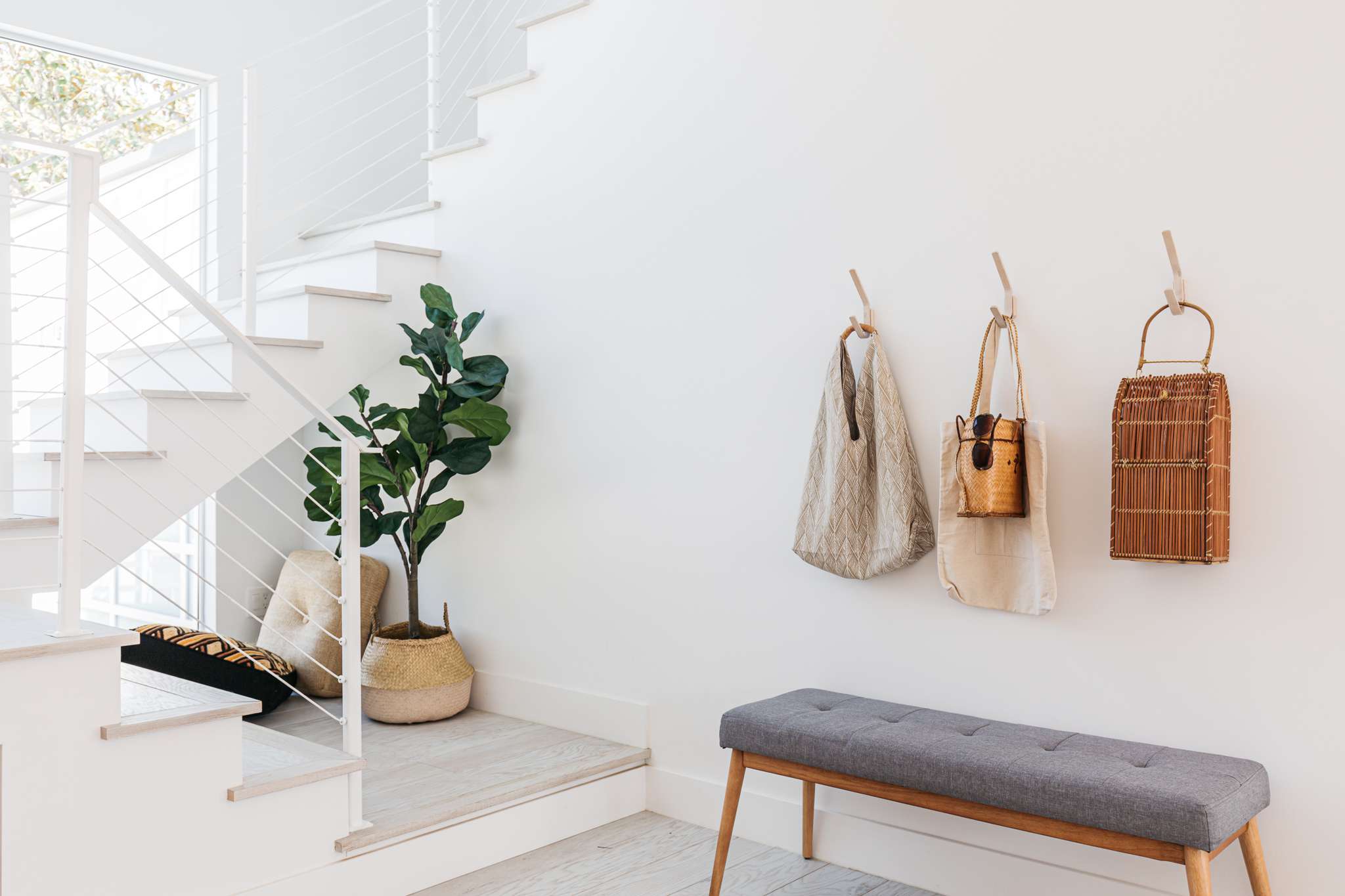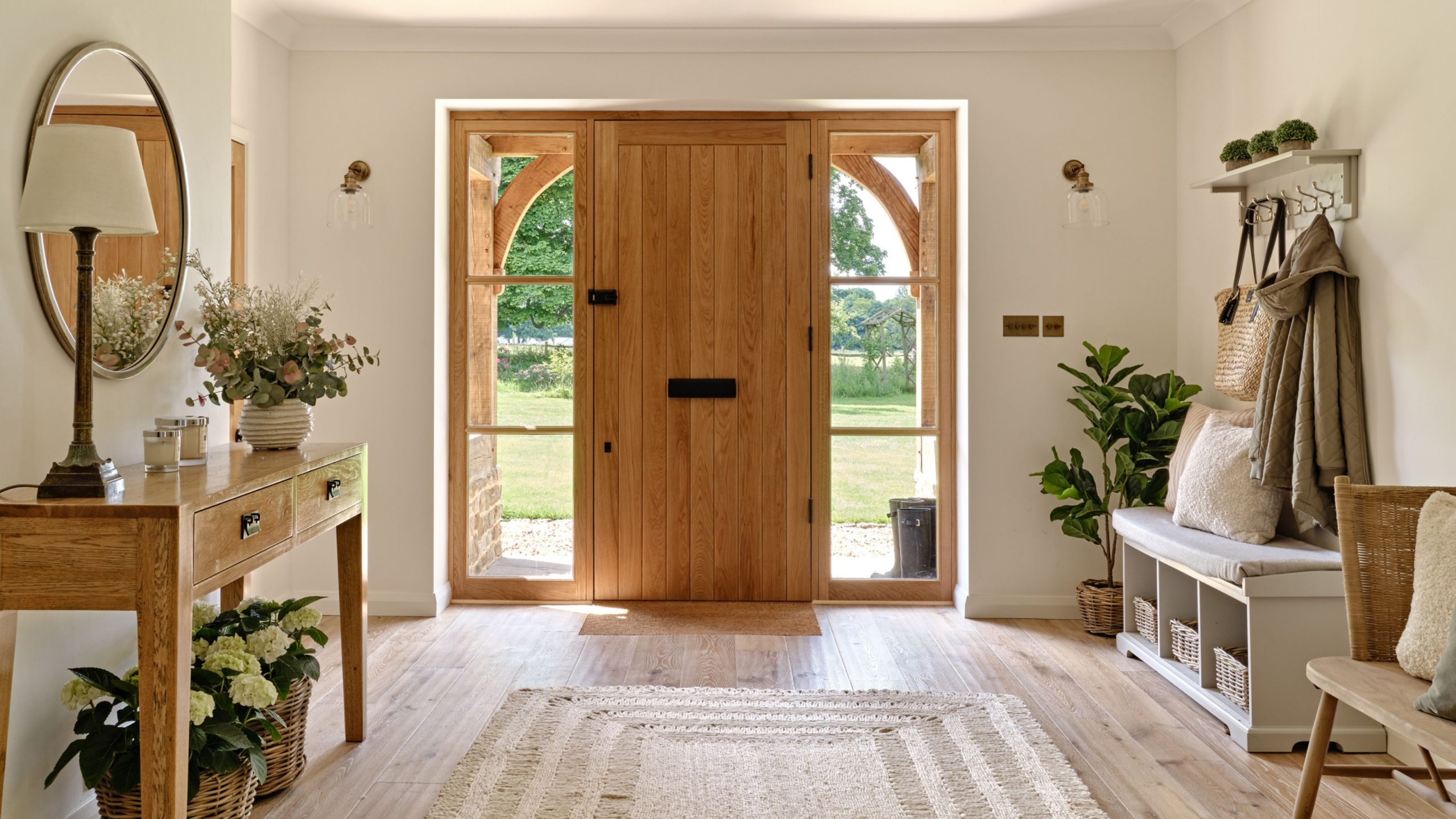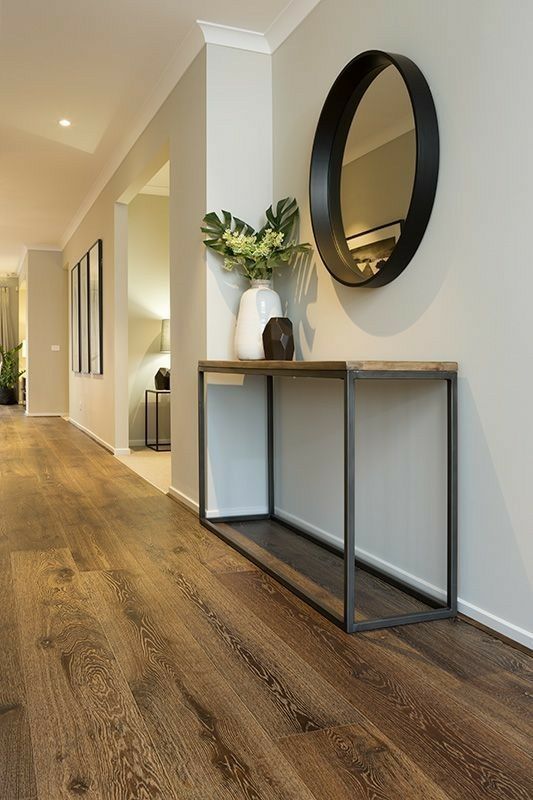The entryway often sets the tone for everything that follows in a home. It’s the first space guests see and the last space they leave. A thoughtful layout paired with smart storage can reduce chaos and create visual order. This area isn’t just functional—it also reflects personal style. Carefully chosen furniture, lighting, and accents speak volumes without saying a word. Neutral tones, clean lines, and natural textures can work together to create comfort. Soft lighting and minimal decor make the space feel open rather than cluttered. Creating an entryway that welcomes and organizes starts with practical choices that support daily routines. With this in mind, it’s worth putting time into getting it right from the start.
Define the Space with Purpose
An entryway should feel intentional, not like an afterthought. Use rugs or runners to define the area without adding clutter. Lighting can also help anchor the space and highlight focal points. Choose fixtures that suit the scale of the entry and bring warmth. Take note of dimensions and traffic flow before adding furniture. A small entry doesn’t limit style—as a matter of fact, going vertical can expand your options. Wall-mounted hooks, tall shelves, or slim storage units make use of every inch. Natural light can brighten the entry, making it feel larger and more welcoming. You should keep the layout clean and practical. Each item should support daily habits. In short, design should always support how the space is used. The best time to create a welcoming entryway? Definitely during spring cleaning of your home.
Furniture That Works Hard
Choose furniture that supports both storage and simplicity. A bench with built-in compartments keeps shoes, scarves, or umbrellas out of sight. Slim console tables are ideal for holding keys, mail, or other small items you use daily. Wall-mounted hooks or cubbies work well for bags, jackets, and hats. These features help reduce clutter and keep things where they belong. Think vertical if space is tight—tall units can store more without taking up the floor.
Besides, select pieces that serve more than one purpose. For example, a bench can be both a seat and a storage unit. A narrow table may double as a mail sorter and a decor display. Choose finishes and shapes that fit your style, but keep surfaces clear. In short, every piece of furniture should offer function without taking over the room. With this in mind, focus on what helps you stay organized from the moment you walk through the door.
A bench is a great furniture piece for the entryway – it can be stylish and convenient
Add Personality with Wall Decor—Without the Clutter
Wall decor adds meaning without taking up floor space. Framed artwork or photos can set the tone and make the area feel complete. Choose pieces that reflect your style but don’t overcrowd the walls. Displaying your personality through hanging pictures in your new home helps define the entryway while adding warmth. One large frame can create impact, while a small gallery in neutral tones adds character. Use floating shelves to display small items without cluttering surfaces.
Mirrors are useful too—they open up the space and reflect natural light. Choose clean shapes like circles or rectangles to keep things tidy. Rotate art seasonally or update frames to refresh the look. Above all, pick items with meaning. Avoid filling the walls just for decoration. Instead, let each piece add to the atmosphere of your entryway. Keep the layout balanced so it feels open, not crowded. In short, style the walls with purpose and clarity.
Artwork on the walls, decoration or flowers are great for making a good first impression on whoever visits your home
The Art of Hidden Storage
Hidden storage helps keep your entryway tidy without sacrificing design. Use baskets under benches to hold shoes, hats, or bags. Choose styles that slide in and out easily to save time during busy mornings. Wall-mounted organizers are great for keeping daily items visible but off the floor. Use them for mail, sunglasses, or pet leashes. Closed cabinets offer more storage while hiding visual mess. These are perfect for storing items you don’t use daily but still need near the door.
Think vertically—stacked shelves or tall cabinets make use of space that often goes unused. Label bins or drawers if multiple people use the same area. This helps everyone keep things where they belong. In short, each object should have a designated spot. With this in mind, keep only what’s necessary in the space. Fewer items make it easier to maintain order every day without adding extra effort.
Seasonal Swaps to Keep Things Fresh
Changing a few small details each season can keep your entryway looking current and clean. Switch out rugs, throw pillows, or door mats with seasonal colors or textures. Fresh flowers will look beautiful in the spring time. Use scents like citrus in summer or cedar in winter to create a subtle mood. Rotate baskets, trays, or wall hooks to freshen up visual interest. Keep bins or boxes nearby to store off-season items.
Updates should feel natural rather than forced. Small swaps make a big difference. These decorations will be great not only for you, but also in the future, if you decide you want to sell your home. Styled homes sell for 7-15% more than non-styled homes. Potential buyers love to see a well-decorated property, which increases their interest.
The Power of Decluttering Daily
An organized entryway starts with clearing out what doesn’t belong. Set up drop zones for bags, shoes, and keys to avoid a daily mess. Labeled bins make it easier to find what you need and put it back quickly. Train everyone in the home to use the same spots every day. Over time, this builds a routine that keeps things under control. Creating an entryway that welcomes and organizes depends on simple habits that stick. Avoid tossing mail, coats, or random items near the door.
With this in mind, check the space once a week and remove anything that doesn’t belong. Small steps taken daily reduce clutter and make the entry feel open. In short, keep only what you use and need. Everything else should be stored elsewhere or removed. This keeps the area clear and helps maintain a calm start and end to each day. However, downsizing shouldn’t compromise on style. So, think carefully.
If you want to succeed in creating an entryway that welcomes and organizes, you need to pay attention to clutter
Creating an Entryway That Works Every Day
Creating an entryway that welcomes and organizes starts with smart design choices and daily habits. Focus on function, style, and simplicity. Use furniture wisely, reduce clutter, and refresh the space seasonally. In short, a thoughtful entryway sets the tone for your entire home and helps keep everything in its place.






